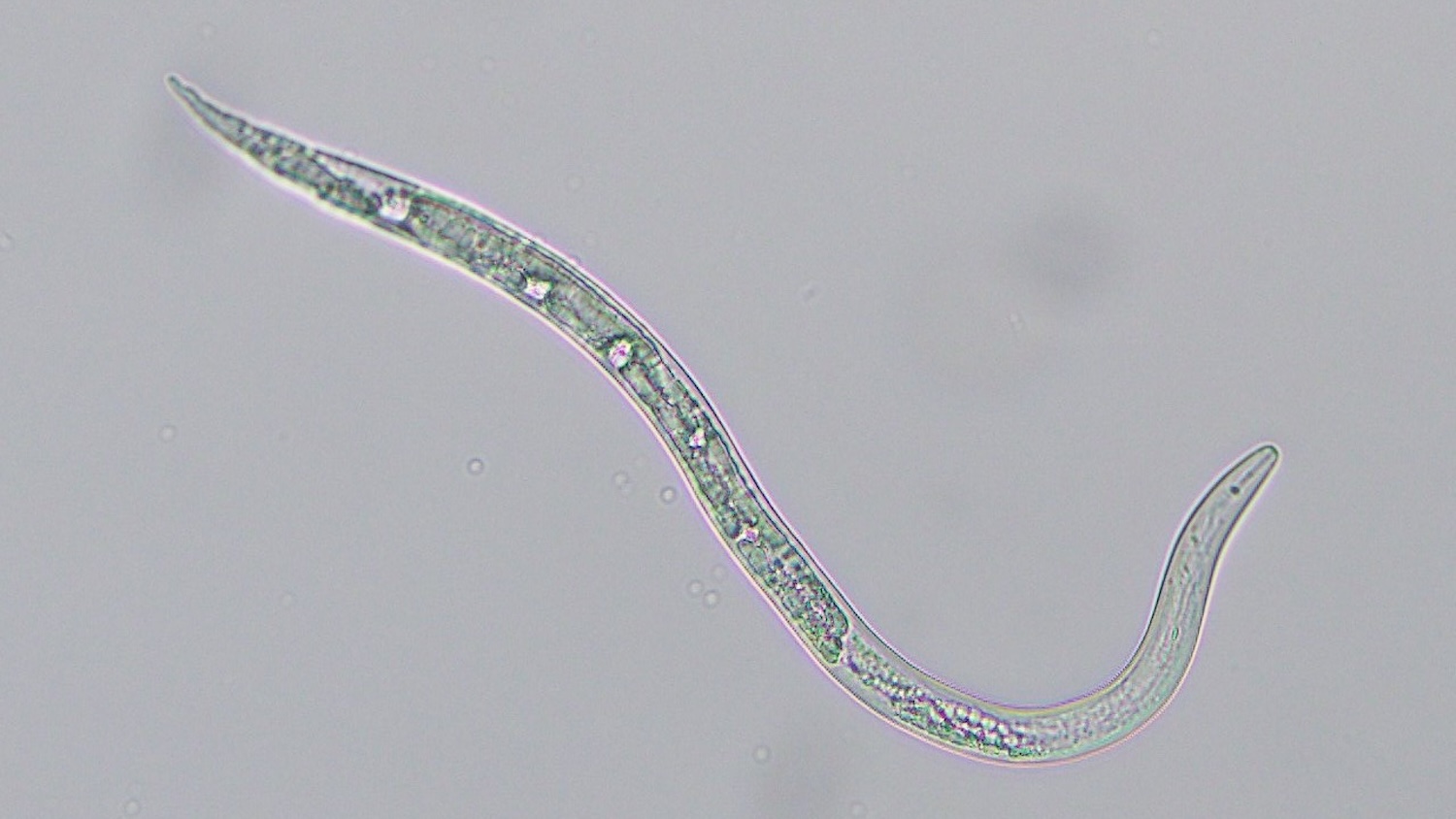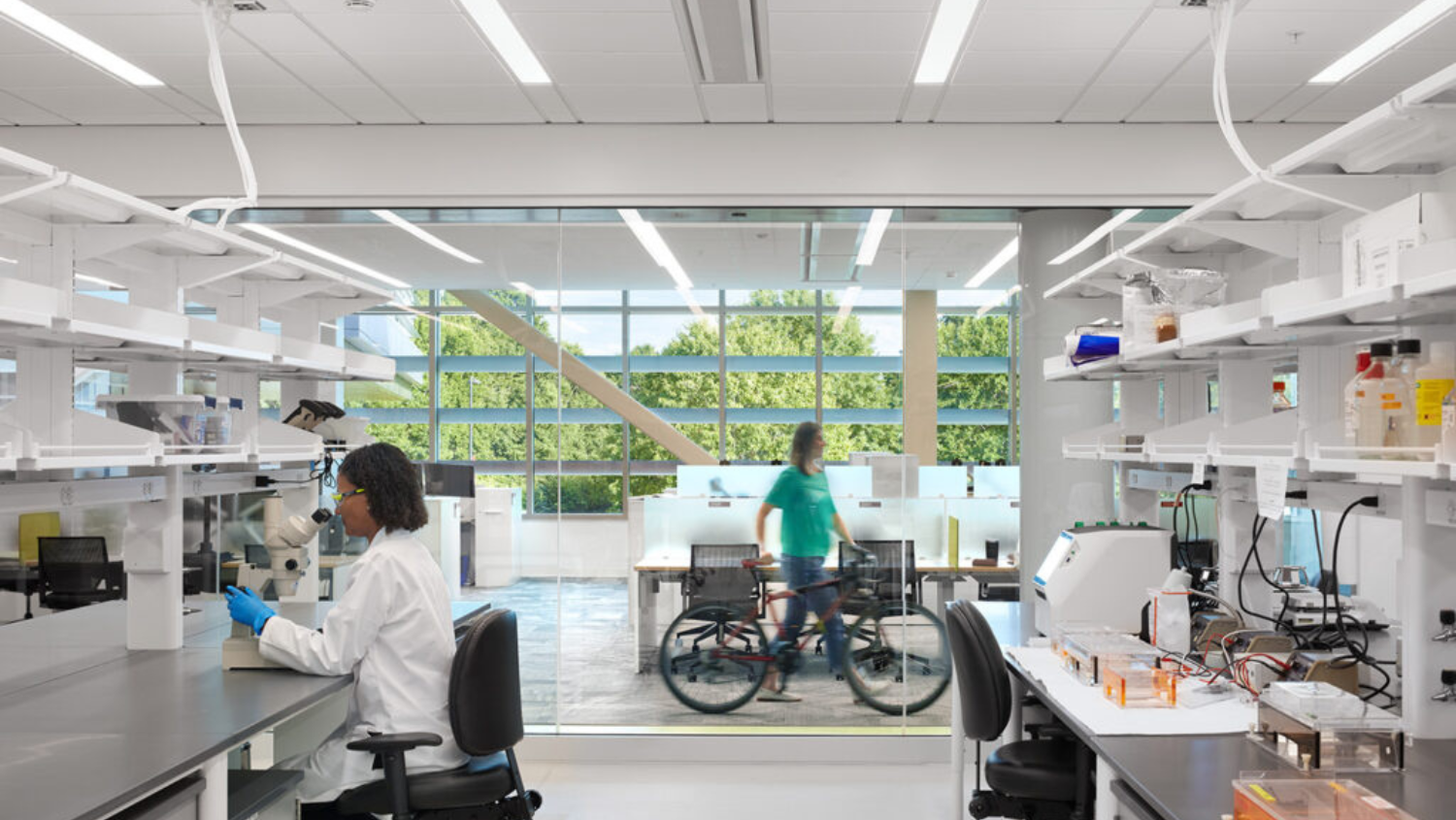Toward Faster Nematode Test Results
Two NC State University faculty members aim to help cut agricultural losses to nematodes in North Carolina by putting artificial intelligence to work for faster diagnosis.

Plant-parasitic nematodes that feed on crops cause an estimated $80 billion to $157 billion in damage around the world each year. Two North Carolina State University faculty members aim to help cut those losses in North Carolina by putting artificial intelligence to work to enable faster diagnosis of these pests.
Plant-parasitic nematodes are tiny threadworms that live in soil and attack plant roots, leading to poor growth and plant death. To choose the right strategy to prevent or reduce losses they cause, farmers need to know which types are present in their fields and how many there are.
That requires time-consuming testing by specialized laboratories, like the Nematode Assay Lab run by the N.C. Department of Agriculture and Consumer Services. Right now, it can take weeks for farmers to get results: According to the lab’s website, typical turnaround time for assay analysis is two weeks in October and November and four to eight weeks in December, January and February.
With the help of NC State nematode specialist Adrienne Gorny, artificial intelligence expert Edgar Lobaton is helping train computers to automatically identify the Southeast’s Top 25 nematodes and count them in each sample.
Leaders from the North Carolina Soybean Producers Association, the N.C. Sweetpotato Commission, the N.C. Cotton Producers Association, the N.C. Peanut Growers Association and the Tobacco Growers Association of North Carolina formed a coalition with N.C. Department of Agriculture and Consumer Services and NC Farm Bureau representatives to work with researchers in the N.C. PSI to address the challenge. They also provided funding.
The project involves feeding thousands of annotated photographs into a state-of-the-art artificial intelligence model, said Lobaton, professor in the Department of Electrical and Computer Engineering and with the N.C. Plant Sciences Initiative.
It’s best for farmers to get test results back quickly because they help them make important decisions about using fumigants or nematicides, which can get expensive.
The tool is expected to be ready in 2025 to technicians at the NCDA&CS Nematode Assay Lab, aiding them in more rapidly processing nematode samples, before growers begin making treatment decisions for their 2026 crops.
“It’s best for farmers to get test results back quickly because they help them make important decisions about using fumigants or nematicides, which can get expensive. You want growers to use them only when necessary, because nematicides can also be environmentally taxing,” said Gorny, an assistant professor and NC State Extension specialist in the Department of Entomology and Plant Pathology.
The tool will augment the work of diagnosticians who now visually examine samples sent in by farmers to identify and count nematodes in farmers’ soil samples. “The problem is that it’s labor-intensive and not easy. It takes a lot of training,” Gorny said.
Diagnosticians will still be needed to confirm test results, but with the aid of AI, they’ll be able to deliver faster diagnoses so farmers can make faster and timely decisions to protect against losses in cotton, peanuts, tobacco, sweetpotatoes, soybeans and other important N.C. crops.
“The best outcome will be getting this tool into the hands of those who can help – the diagnosticians – lightening their workload by making it faster, more efficient and less stressful,” said Gorny. “In my mind, it’s all about not wanting farmers to miss taking action in early spring.”


